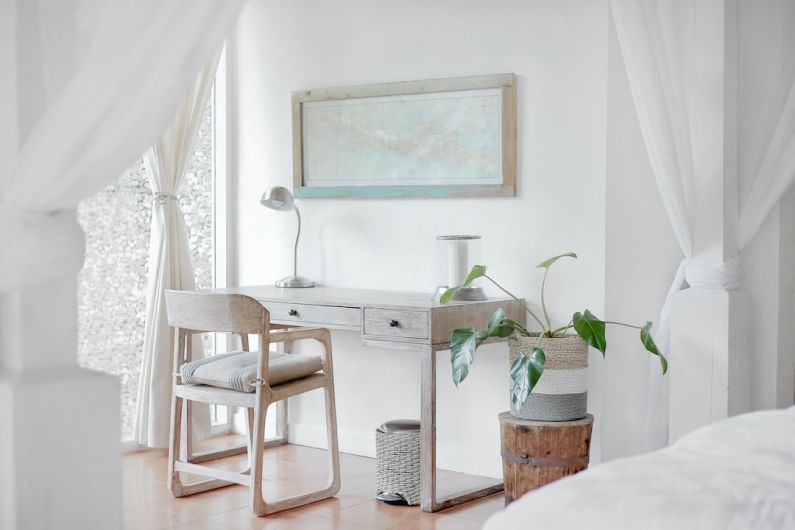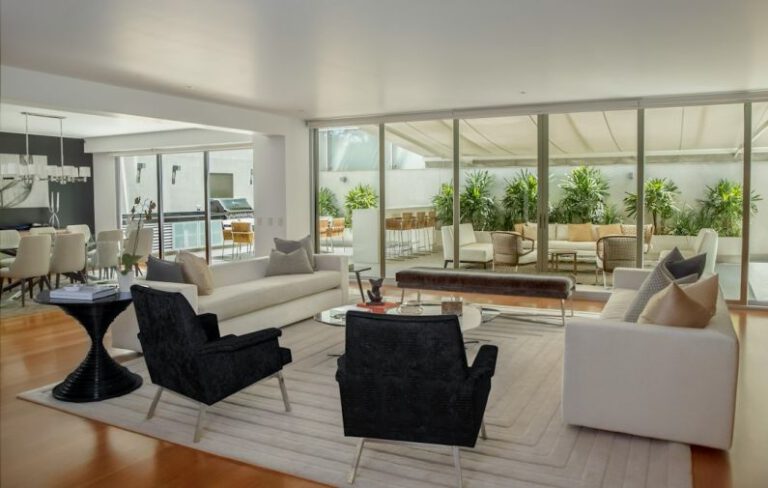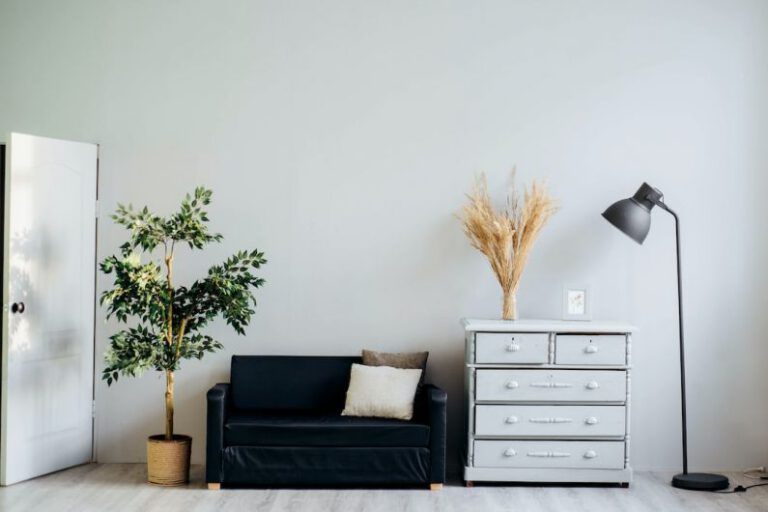Why Is Minimalist Design So Popular?
In a world that seems to be constantly buzzing with noise and clutter, the concept of minimalism has gained significant popularity. Minimalist design, with its clean lines, simplicity, and focus on functionality, has become a sought-after aesthetic for many. But why exactly has minimalist design become so popular? In this article, we will explore the reasons behind its rise to prominence.
Simplicity in a Complex World
One of the main reasons why minimalism has become so popular is its ability to provide a sense of calm and simplicity in an increasingly complex world. With the constant bombardment of information and stimuli, people are searching for ways to simplify their lives and find peace amidst the chaos. Minimalist design offers a visual escape from the overwhelming clutter and helps create a serene and tranquil atmosphere.
Focus on Functionality
Minimalist design is not just about aesthetics; it also emphasizes functionality. By eliminating unnecessary elements and focusing on the essentials, minimalist design allows for a more efficient use of space. This emphasis on functionality resonates with people who value practicality and appreciate the idea of living with only what they truly need. Minimalist design encourages a decluttered and organized environment, making it easier to navigate and maintain.
Beauty in Simplicity
Minimalist design celebrates the beauty of simplicity. By stripping away all excess, minimalist spaces showcase the elegance and grace of a few well-chosen elements. The clean lines, neutral color palettes, and uncluttered spaces create a sense of harmony and balance. This simplicity fosters a sense of calm and allows individuals to focus on the beauty of the few carefully curated pieces that make up the space.
Less is More Mentality
The “less is more” mentality is a fundamental principle of minimalist design. It encourages individuals to be mindful of their consumption patterns and to prioritize quality over quantity. This mindset extends beyond design and can be applied to various aspects of life, such as reducing material possessions, embracing a more sustainable lifestyle, and focusing on experiences rather than material things. Minimalist design serves as a visual representation of this philosophy, reminding people of the importance of simplicity and mindful consumption.
Timeless Appeal
Minimalist design has a timeless appeal that transcends trends and fads. Its clean and simple aesthetic has a universal appeal that can withstand the test of time. Unlike more ornate or intricate design styles, minimalism does not rely on trendy patterns or flashy accents. Instead, it relies on the purity of form and function, allowing it to remain relevant and appealing for years to come. This timeless quality makes minimalist design a smart choice for those seeking longevity in their living spaces.
In Conclusion: The Rise of Minimalism
In a world cluttered with distractions and excess, minimalist design has emerged as a popular choice for those seeking simplicity, functionality, and beauty. Its ability to create a sense of calm and provide an escape from the chaos of everyday life has resonated with many individuals. By focusing on functionality, emphasizing the beauty of simplicity, and promoting a “less is more” mentality, minimalist design offers a timeless appeal that is here to stay. Whether it is in our homes, our workspaces, or our lifestyles, minimalism continues to captivate and inspire.






